The Swedes have bestowed many blessings upon our society; where would we be without “The Girl With the Dragon Tattoo” or Ikea? And let us not forget the badass voyages of the Vikings or the ethereal existence of Alexander Skarsgård. My knowledge of Swedish culture was mostly based on generalizations before I visited Stockholm this past summer, but after exploring the capital Sveedish city and some of its stunning fjords, I learned that some Swedish stereotypes are actually true:
1. Swedes are stunning
It’s not polite to stare, but it was difficult to avoid ogling everyone I saw in Sweden. From tiny toddlers strolling with their parents to octogenarians out grocery shopping, the Swedes were the most attractive people I’ve ever seen (and I grew up in Southern California). How is beauty so abundant in the Nordic country? The answer is unknown, but their slim physiques may be tied into the country’s easy access to healthcare, and I should point out that it’s easier to maintain healthy looking skin when you only experience seven hours of daylight during the winter months.
2. Strange meats are abundant
It’s true that the Swedes are caught up in a love affair with meatballs—Swedish meatballs as we Americans are creatively known to call them. The traditional dish is most commonly paired with mashed potatoes and lingonberries, and are usually formed from either lamb, pork, or moose. Moose wasn’t the only unusual savory substance we tried during our travels. Swedes have been known to get down on reindeer, horse, oxen, and of course—all types of pickled fish.
3. Fika is sacred
The Brits are known for tea time, and the Swedes are obsessed with fika. Fika is the ritualistic coffee break Swedes take every day (be it morning or night), which is usually considered incomplete without a pastry. Although our Nordic friends do appreciate a good caffeine-high, fika is more about socializing then stuffing your face. This break in the day is used to catch up with old friends or to get to know new ones.
4. The country leads in equality between the sexes
I’m from California, a.k.a. the land of couch-bound bros and Tinder booty calls gone awry. Imagine my surprise while strolling through Stockholm as I saw countless young fathers pushing their cherubic blonde babies around in strollers (prams, as the Swedes would say) and, gasp, taking on their share of familial labor. Sweden consistently ranks high when it comes to gender equality, and unsurprisingly, is also named one of the happiest countries in the world every year.
5. The language is tricky
“Børk! Børk! Børk!” is probably the Swedish you’re most familiar with, as this fictional exclamation stems from one meatball-loving puppet, Swedish Chef. While you’ll find that many Swedes speak English, you will feel like a total fool when trying to navigate your way to Djupröven and ending up in Kattsjärten. When possible, try pointing to names on a map or on your smartphone instead of attempting to say them out loud, because it’s only a matter of time before you butcher the beautiful Scandinavian sounds.
6. Swedes are accustomed to the cold and dark
Although most Swedes look naturally sun-kissed, the reality is that they spend much of their time living in darkness (like beautiful Scandinavian moles). During the depths of winter, Swedes experience just seven hours of sunlight each day. The sun makes an elongated appearance during the summer and at its peak stays out for roughly 18 hours. But those willing to brave the chilly temperatures and prolonged darkness will be rewarded with sightings of the Northern Lights, tons of outdoor snow activities, and festive outdoor markets during the holiday season (if you can brave the cold you will be rewarded with a nice warm cup of glögg).
7. Cleanliness is next to godliness
Sweden is fascinated with trolls, and it might be because they emerge every night to clean up the country’s garbage. OK, trolls probably have better things to do than worry about trash, but Sweden is arguably one of the cleanest countries in the world! It’s tough to pinpoint what makes Sweden sparkle, but I have some guesses. It could be the 800 kronor ($130 dollar) littering ticket that awaits dirty-doers, it might be a prevalent source of national pride, or it could be the abundance of trash and recycling bins on every street corner.
8. Ikea and H&M are everywhere
Both founded in the 1940’s, Swedish megabrands Ikea and H&M can be found everywhere in major Scandinavian cities. In recent years, America has also become Ikea crazy—the chain offers broke college kids a way to decorate their dorms without relying on their parents, after all. Similarly, Ikea is a force to be reckoned with in Sweden. Sveedes are all about staying on top of the latest trends, which makes quick and inexpensive access to interior and fashion brands a hot commodity.
9. Don’t leave your kronor at home
A beer will run you about $9 (74 krona) in Sweden, and a two-bedroom apartment will be about $1,700 (13,977 krona)—yup. Prices are similar in California, but those traveling from more rural parts of the world will find Sweden on the pricier side.
10. Going green isn’t an option, it’s a lifestyle
Should Sweden consider swapping their flag’s national blue out for green? In many ways, they already have. In 2015, Sweden announced its plan to have Stockholm running entirely on sustainable energy by 2050. Already, 66 percent of the country relies on non-fossil fuel energy sources for its electricity. It’s OK to be impressed and envious.
Although this post hasn’t been chock full of Swedish facts, I hope it’ll still help you make the most of your time in Scandinavia. Tack för att läsa och hålla utkik efter troll (That’s ‘Thanks for reading and look out for trolls’ in Swedish)!
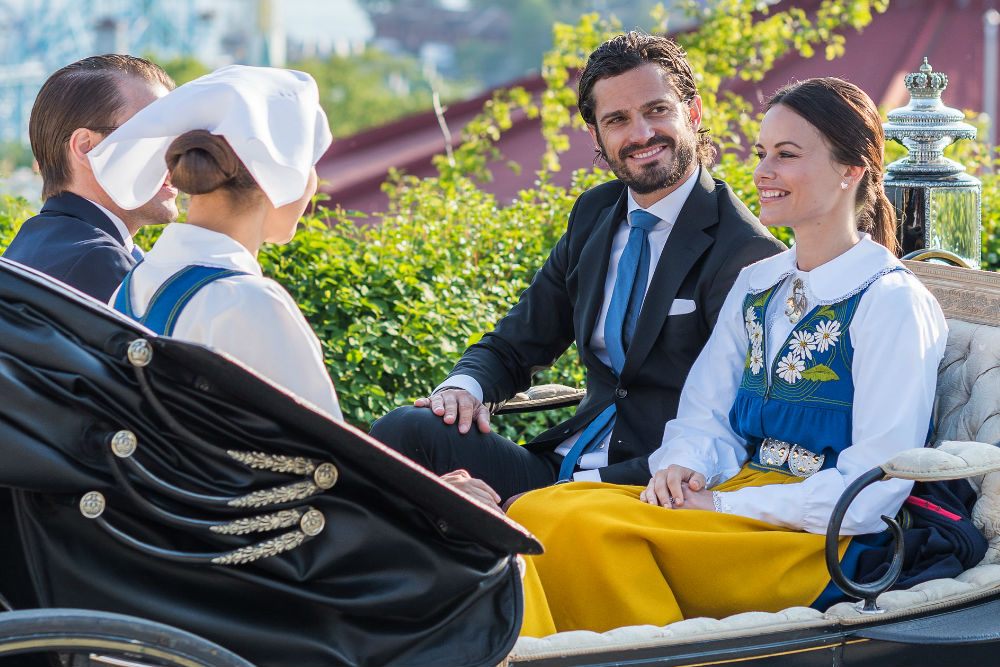

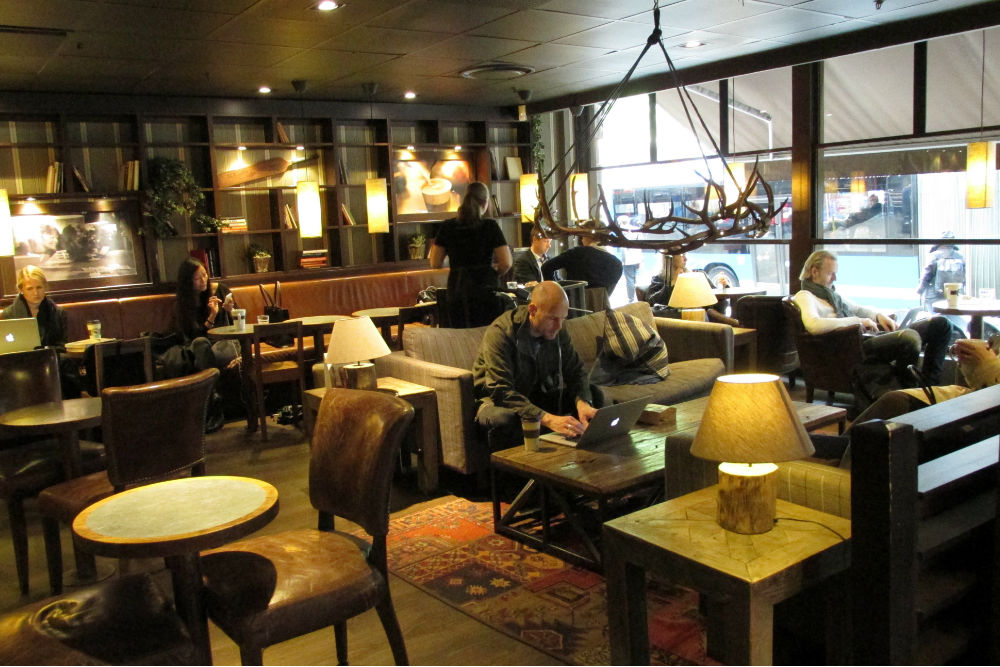
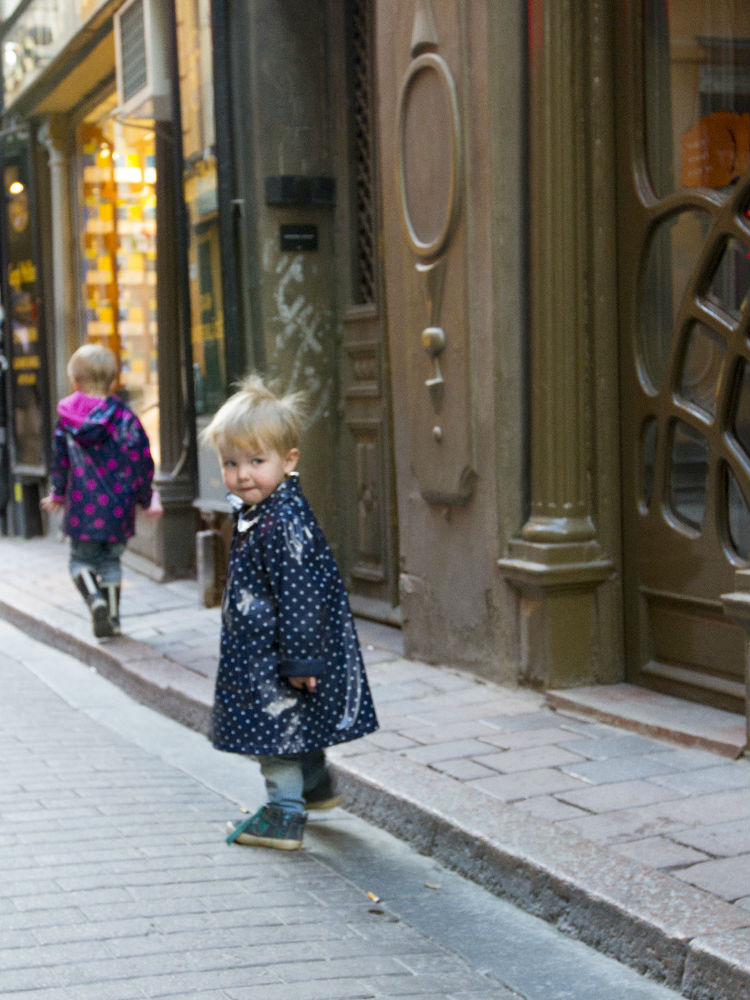
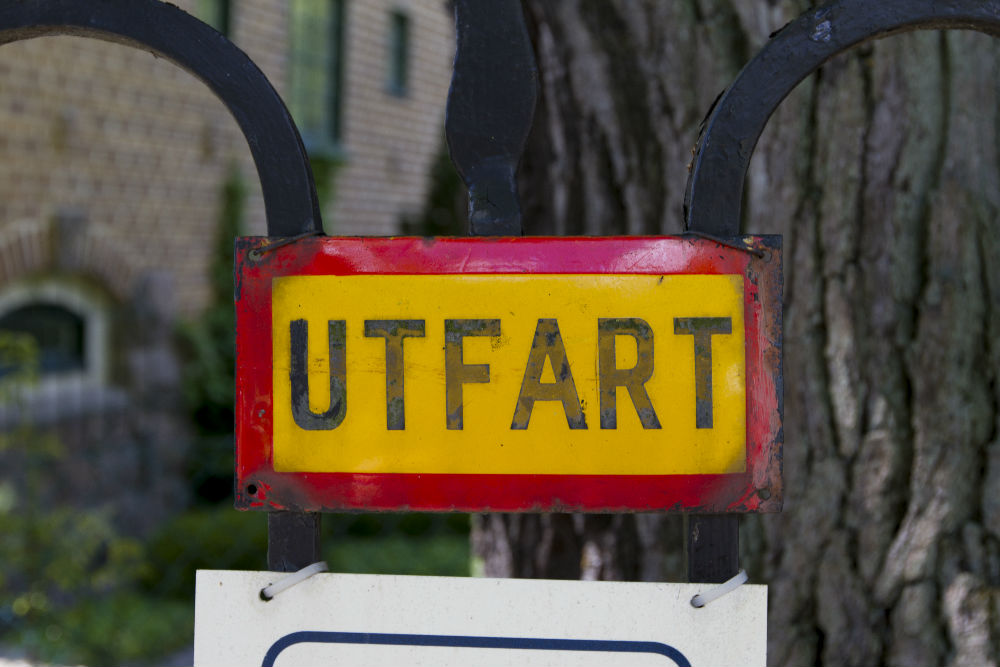
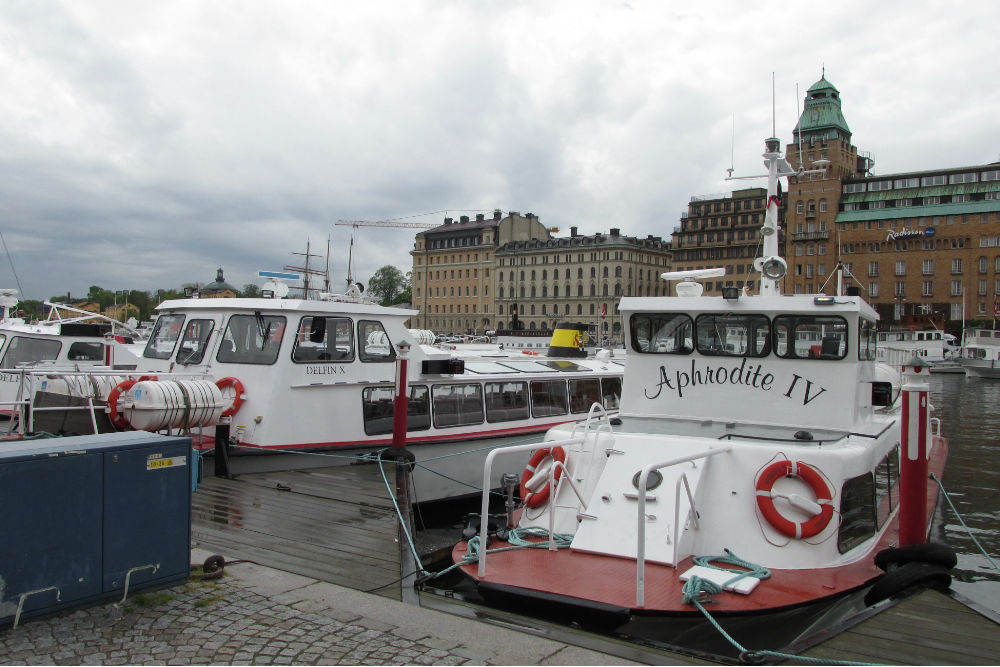
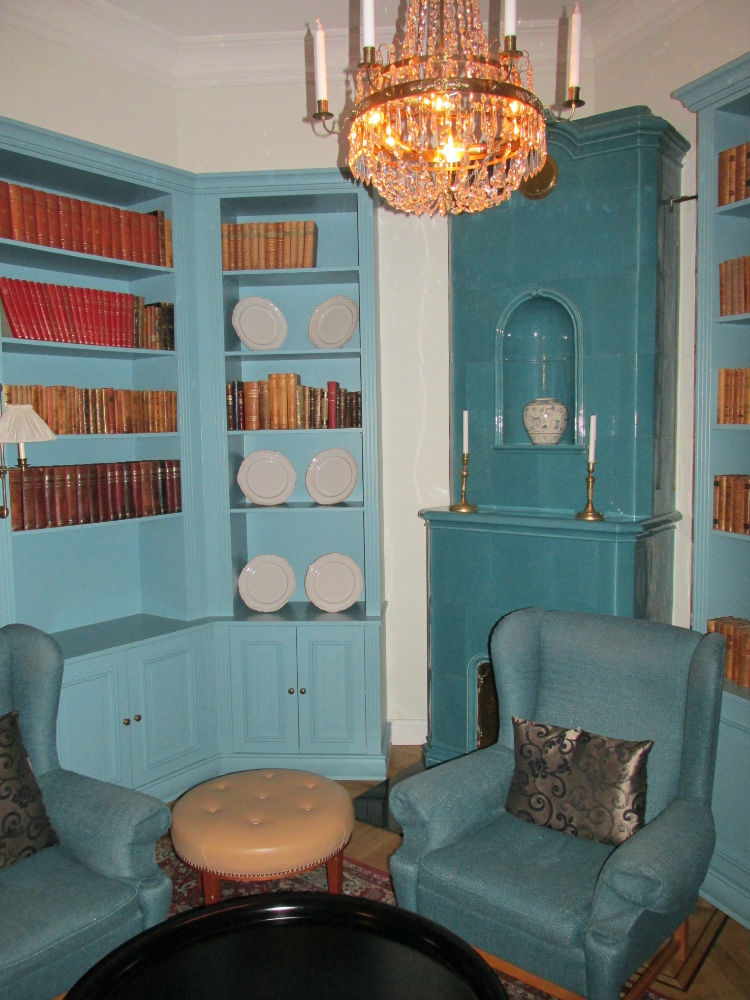
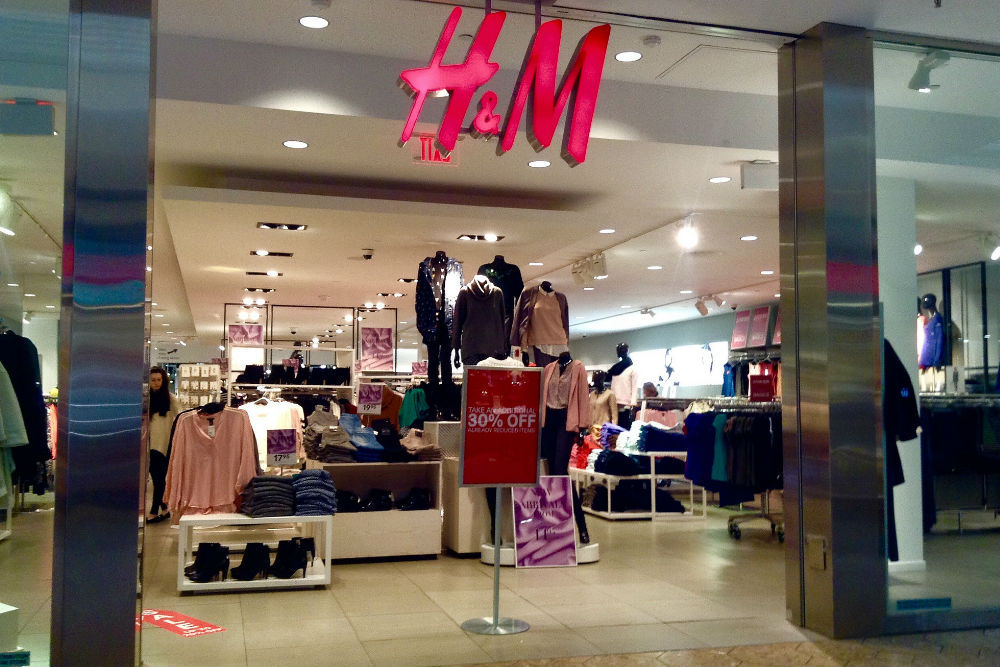

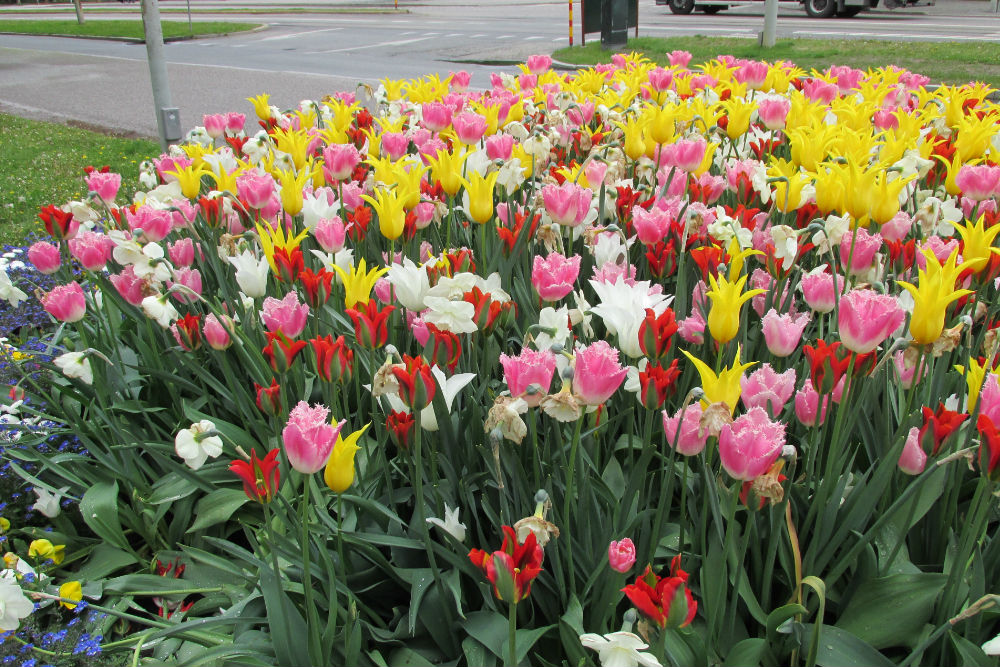


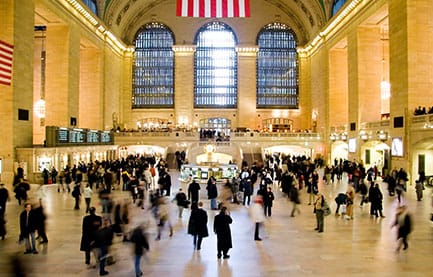
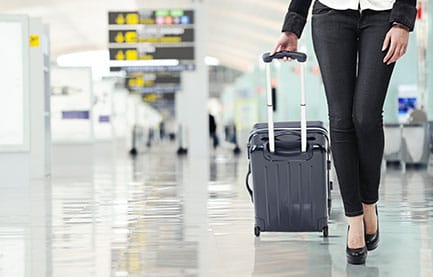
“Tack och håll utkik för troll” is more grammatically correct 🙂